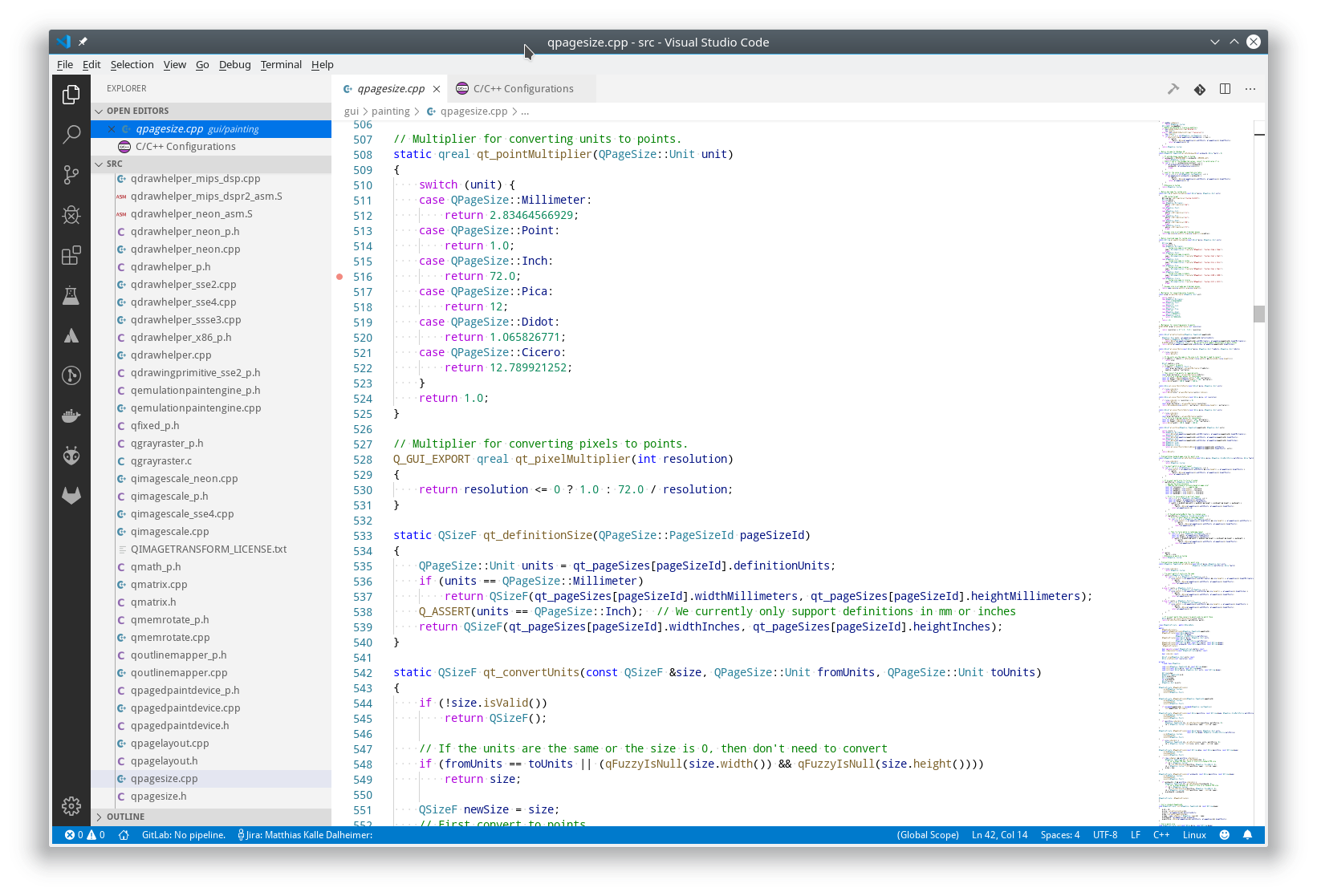
- #MS VISUAL STUDIO CODE FOR MAC HOW TO#
- #MS VISUAL STUDIO CODE FOR MAC FULL#
- #MS VISUAL STUDIO CODE FOR MAC CODE#
- #MS VISUAL STUDIO CODE FOR MAC FREE#
#MS VISUAL STUDIO CODE FOR MAC CODE#
If you are running VS Code on another platform, you can read the C++ tutorials, which cover C++ configurations for Linux and macOS.
#MS VISUAL STUDIO CODE FOR MAC FREE#
MinGW is a popular, free toolset for Windows.
#MS VISUAL STUDIO CODE FOR MAC HOW TO#
If you don't have a compiler installed, in the example below, we describe how to install the Minimalist GNU for Windows (MinGW) C++ tools (compiler and debugger).

#MS VISUAL STUDIO CODE FOR MAC FULL#
Note: If you would prefer a full Integrated Development Environment (IDE), with built-in compilation, debugging, and project templates (File > New Project), there are many options available, such as the Visual Studio Community edition. You can check availability of your C++ tools by opening the Integrated Terminal ( ⌃` (Windows, Linux Ctrl+`)) in VS Code and trying to directly run the compiler.Ĭhecking for the GCC compiler g++: g++ -versionĬhecking for the Clang compiler clang: clang -version Make sure your compiler executable is in your platform path ( %PATH on Windows, $PATH on Linux and macOS) so that the C/C++ extension can find it. Most Linux distributions have the GNU Compiler Collection (GCC) installed and macOS users can get the Clang tools with Xcode. Some platforms, such as Linux or macOS, have a C++ compiler already installed. Check with your instructors or colleagues for guidance on installing the recommended C++ toolset (compiler, debugger, project system, linter). There may already be a C++ compiler and debugger provided by your academic or work development environment. You will need to install these tools or use those already installed on your computer. The C/C++ extension does not include a C++ compiler or debugger. VS Code is first and foremost an editor, and relies on command-line tools to do much of the development workflow.

Make sure you are connected to SSH, and open the Terminal pane if is not yet open. When working on assignments, you will want to have two instances of the terminal running, one for testing code by hand, and the other for running automated tests. Running multiple instances of the terminal ¶ From this point on, you will be able to open VS Code from the macOS terminal by typing code. Begin typing Shell Command: Install ‘code’ command in PATH, and click on the option when it appears. …on macOS: Open VS Code, then press Command-Shift-P to open the Command Palette. If you are not familiar with Windows PowerShell or Command Prompt, you do not need to learn them for this class while they look a bit like the Linux terminal, they use different commands. If you are familiar with Windows PowerShell or Command Prompt, you can open VS Code by typing code at the prompt. …on Windows: This feature is enabled by default. While not necessary for this class, it is also possible to use the code command in your computer’s own terminal to open files on your own computer (or just to launch VS Code).

In both cases, you are opening files stored on the Linux computers on campus, not files stored locally on your own computer. The code terminal command works from within the virtual desktop, and also works from within VS Code when you are connected to the campus Linux computers by SSH.


 0 kommentar(er)
0 kommentar(er)
